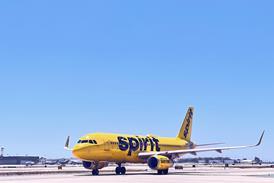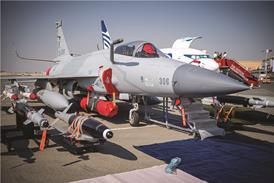Peter La Franchi/CANBERRA
The Royal Australian Air Force is facing major problems in operational sustainability according to government defence budget papers released last week.
The papers warn that the existing RAAF strike capability cannot sustain protracted operations, while airborne anti-submarine warfare (ASW) capability is "currently limited".
Airlift to support concurrent operations is "limited in the medium term", as is the "ability to mount and sustain concurrent" air combat support for deployed forces using forward bases.
Budget approvals include funding a Boeing F/A-18 Hornet structural refurbishment study, acquisition of various air-to-surface missiles and an upgrade of de Havilland Canada Caribou tactical transports. The latter is expected to be "minimalist", aircraft retaining existing engines and avionics.
Launch funding has been given for at least one classified electronic warfare programme, known as Defence 224, and for "Project Bunyip" to develop a tri-service EW surveillance and offensive operations capability.
A$93 million ($48 million) has been provided for the RAAF's troubled purchase of PGSUS AGM-142 Have Nap missiles. While Australia continues to explore fast-tracking a Lock-heed Martin AGM-158 JASSM stand-off weapon purchase, and abandon the Have Nap acquisition, the budget papers state that the RAAF hopes to have a single General Dynamics F-111C equipped to launch AGM-142Es by the middle of next year.
Key RAAF deficiencies identified in the papers include "personnel and logistics shortages, especially in fast-jet aircrew". Logistics shortfalls include support operations in East Timor.
The papers flag RAAF plans to reduce "activity levels in key areas" due to personnel shortages. "Some risk to capability must be carried while opportunities for reducing activity levels are developed, and recruitment and retention initiatives are investigated."
The ASW shortfall is the result of a three-year delay in a Raytheon upgrade of 17 Lockheed Martin P-3C Orions. The papers indicate that six upgraded aircraft should return to operational service before the middle of next year.
The budget provides an extra A$41 million for RAAF operations in the 2001-2 financial year. This includes limited provision for logistics and in-service support costs for new equipment. The papers also warn, however, that "some risk to capability must be carried [by the RAAF] while logistics stocks are replenished".
Source: Flight International























